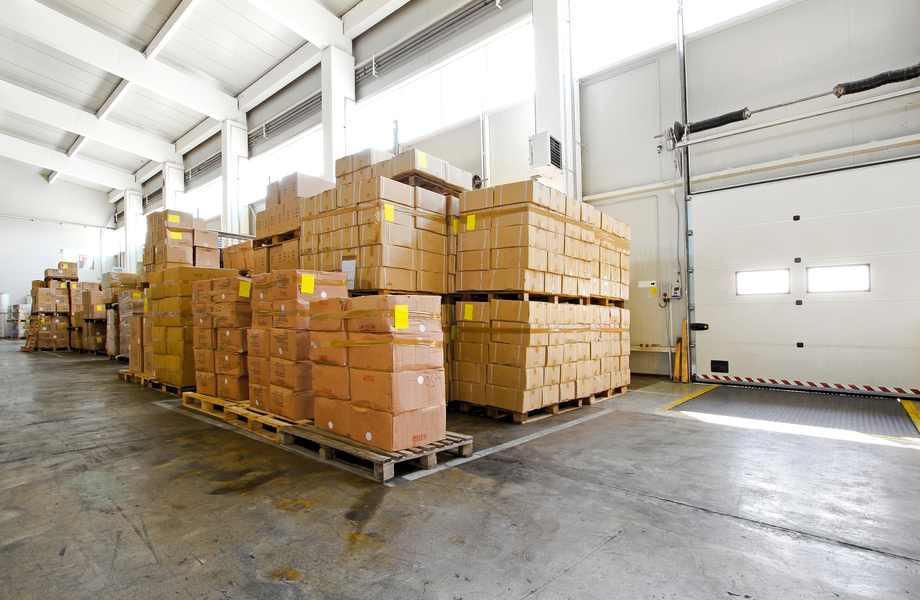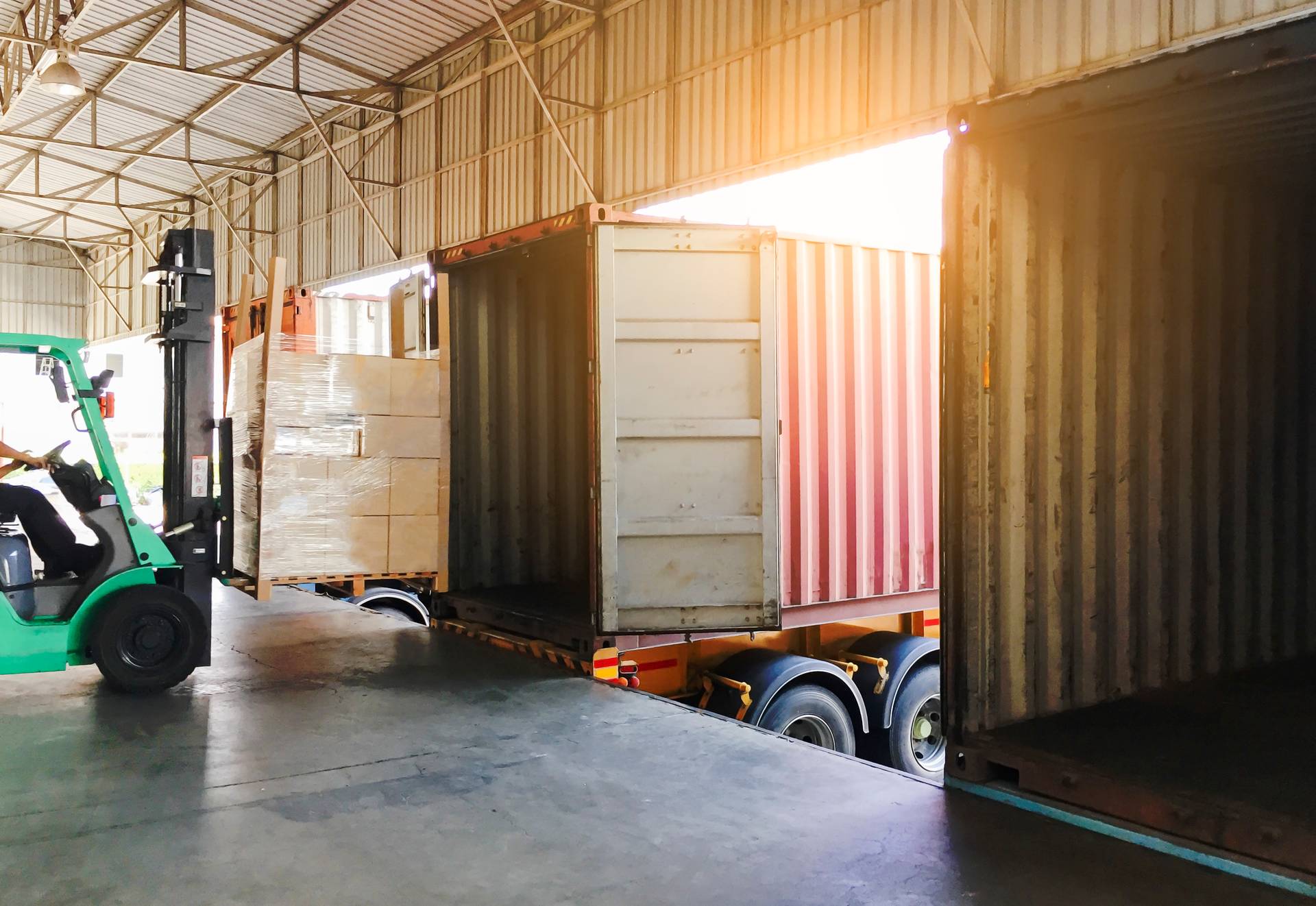Freight Management: 5 Crucial Tips to Improve Your Processes
Improving your freight management process can lead to higher profits and customer satisfaction. Here are 5 crucial tips to help you optimize it.
Freight management can be complex regardless of whether yours is a large-scale or small-scale business. It involves a multitude of processes and requires a lot of attention-to-detail. But, when these processes are optimized, it can help you improve customer satisfaction, increase productivity, and boost operational efficiency.
Click Here: Get Reliable Capacity Regardless of Market Conditions
In this blog, we will discuss ways to improve your freight management through carrier selection, optimizing your packaging and transportation, and establishing KPIs. Learn more by continuing to read below.
Freight Management in a Nutshell
Just a quick recap: Freight management is the process of organizing all inbound and outbound goods for transport. It involves moving freight—strategically and efficiently—from the point of origin to the desired destination safely, promptly, and at the least possible cost.
The Importance of Freight Management
When freight management is executed correctly, it allows your business to deliver freight to the desired destination at the correct time, ensuring its safety, and incurring the least possible cost. This, in turn, translates to increased customer satisfaction and higher profits.
Additionally, proper freight management is more imperative now because of leaner shipper inventories, tight delivery windows, just-in-time manufacturing, and consumers’ rising fulfillment expectations.
Given below are five powerful strategies to streamline and improve your existing freight management processes.
Tips to Improve your Freight Management Processes
1. Search & Select the Right Carrier
Searching the competition and selecting the right shipping partner for your freight can be the difference between goods delivered on time, safely, and cost-effectively versus those damaged or delayed. Although this process can take time, approaching multiple carriers can allow you to select a better shipping provider that can bring many benefits in the long run.
Here are a few factors to look into while selecting a shipping partner:
-
Pricing
Pricing is naturally one of the first factors to consider when selecting a carrier for your freight needs. High shipping rates can reduce your margins and directly affect your company’s bottom line, making it vital to work with a company that can help you save on shipping costs without sacrificing quality.
Pricing varies significantly from carrier to carrier and largely depends on:
– The speed at which you would like your goods to be delivered;
– The services you expect from the carrier, such as live tracking or delivery confirmation;
– The size and weight of your freight; and
– Additional surcharges.Depending on your shipping requirements, you can opt for a carrier that has a lower or higher cost. It is imperative to know your priorities and find a carrier with the right pricing for your needs.
-
Services Offered
The services offered by a carrier is another aspect that you should consider when selecting the right carrier for your business. It is recommended that the services offered are geared towards the kind of products you’re shipping and whether they serve the routes and locations you’re looking to ship to. You may also need value-added services like delivery confirmations and real-time order tracking.
Moreover, if you require different types of shipping solutions, it is beneficial to select a specific carrier that offers all of the services you require. Utilizing one carrier will allow you to save on costs and time.
-
Insurance
Dealing with freight loss or damage is costly and time-consuming. This is why working with a carrier that provides insurance can bring your organization some peace of mind. Additionally, some companies offer claims assistance, making it easier to navigate the ocean of insurance claims.
-
Reputation
Working with a reputable company is one of the most important aspects of the selection process. Take the time to conduct a thorough background check and ensure the carrier has a good track record.
Furthermore, it is beneficial to work with carriers with high regard for safety, even if this means spending a little extra. A free-to-use tool, the FMCSA’s SAFER (Safety and Fitness Electronic Records) database, is a great way to access a registered carrier’s safety-related information. In this regard, it is highly recommended to avoid carriers with an “Unsatisfactory” or “Conditional” rating.
All carriers have their own strengths, logistics priorities, and technological capabilities. Hence, it is vital to carefully weigh all the factors mentioned above before zeroing in on a shipping partner.
2. Consolidating Orders
A simple strategy that helps you save on transportation costs, reduce the amount of packaging material used, and decrease vehicular emissions is order consolidation.
It involves grouping different shipments headed to the same region in a single container or working with other companies to ship goods together. This method allows your business to transport loads that require less space at a price associated with the volume your shipment occupies. It also ships them to the destination with minimal handling mid-transit, resulting in reduced chances for damages and claims.
We offer freight consolidation services with minimal handling and competitive prices for your business. If you require LTL-consolidations, contact us today.

3. Off-Peak Shipping
Shipping your freight during off-peak times can make a big difference in how much you pay. Selecting a day earlier or later to ship your goods can yield measurable savings. To help you do so, here are a few things to consider when it comes to off-peak shipping:
- Mondays tend to have more capacity, as most shipments sent out at the end of a week (Thursday, Friday, or Saturday) – to meet weekly quotas – reach their destinations by Monday.
- Additionally, after Monday, Wednesdays tend to have available capacity, as most deliveries take two days.
- It’s also advisable to avoid shipping during the end of a month or a quarter as companies try to meet sales quotas and have their products shipped during these periods.
- It is also important to avoid shipping during the holidays or bad weather days, as you might face problems with driver availability.
4. Streamlining Packaging
Efficiently packing your freight can reduce costs and cut down on greenhouse gas emissions (the heavier and bigger the packaging, the more emissions released during transportation).
Did you know that changes in the packaging process can help save as much as 10% of your overall freight management costs?
Since freight rates depend on the space occupied by your cargo, limiting the amount of packaging material used will help you save on shipping expenses. Moreover, efficiently packaging your freight frees up trucking space that can be used to ship more goods.
5. Establishing and Measuring KPIs
Establishing performance-based metrics is crucial to optimizing your freight management operations. This is because improving your efficiency is impossible without measurement and analysis.
To help you start measuring and optimizing, here are a few important KPIs to consider tracking:
-
Delivery On-Time-In-Full (OTIF)
A combination of Perfect Order and On-Time, the OTIF metric is used to calculate the percentage of shipments that reached the customer at the right time, with the right product and quantity.
-
Claims Percentage for Freight Costs
This metric can be calculated by dividing the total loss and damage claims by total transportation costs. High percentages are indicative of problems with packaging, carriers, or storage.
-
Average Loading and Unloading Times
This KPI is the average time in hours it takes a carrier to load and unload freight. Tracking this KPI can help identify the physical areas that need improvements, such as small holding yards or poorly lit loading docks.
-
Trailer Utilization Rate
A measure of how efficiently capacity is being utilized in a trailer asset – 100% being the most efficient. Measurement of this KPI helps identify concerns with loading optimization and the need for better load planning.
-
Average Dwell Time
Refers to the time spent by a vehicle at a scheduled stop without moving, essentially waiting time. Since this is a metric that directly affects a driver’s hours of service (HOS), it is a good way to gauge overall delivery efficiency.
-
On-Time Pickup and Delivery
This is a measure of an order getting picked up or delivered at the exact time and date agreed upon, not late or early. This metric enables shippers to determine the timeliness of various carriers and how it impacts their delivery schedules.

Conclusion
The goal of effective freight management is to transport goods safely, efficiently, and on time. Following the tips mentioned above can help you reach these goals and, in turn, improve your productivity, operational efficiency, and customer satisfaction.
We hope you enjoyed reading the article. Please let us know your thoughts in the comments below. If you want us to write on specific topics or need truck capacity regardless of market conditions, please contact us! Additionally, if you want to stay up-to-date with the latest transportation industry news and trends, you can follow us on LinkedIn, Facebook, and Twitter.
More Blogs
Here are some more articles that consist of topics about the logistics industry, modern transportation trends, and best practices to help your business expand. Read some of these articles to learn more.

Third-Party Logistics LTL Shipping: Pros and Cons That You Should Know

5 Tips for an Efficient Transportation Management Process




Comments 0